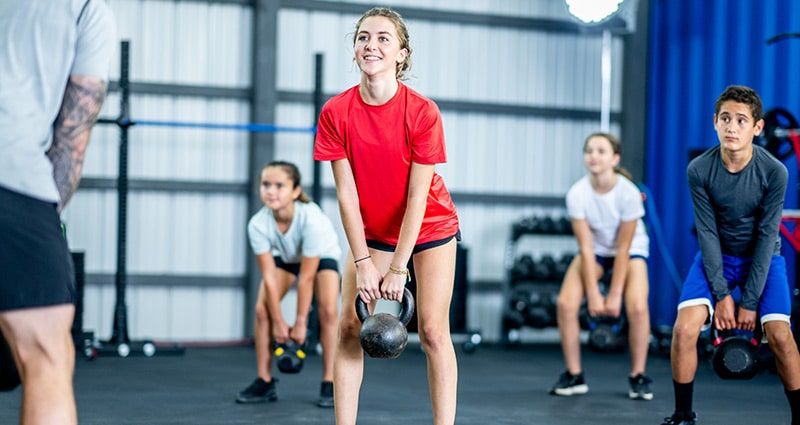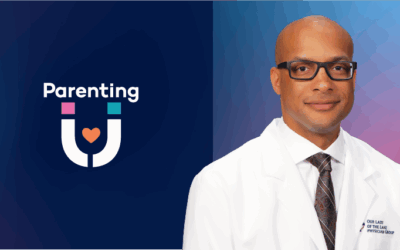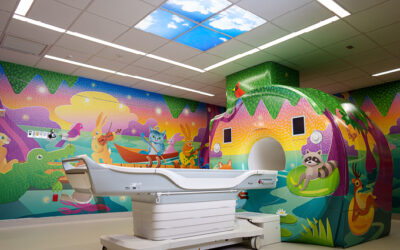Strength training is common for adults who want to get physically fit, but is it right for young athletes? Physical therapist Stephanie Wilks, PT, DPT, OCS, shares ways children and adolescents can safely add weight training to meet their fitness goals.
In addition to the obvious goal of getting stronger, strength-training programs often attempt to improve sport performance, prevent injury, rehabilitate injuries and enhance long-term health. Strength training programs may include the use of free weights, machine weights, elastic tubing or body weight exercises.
Historically, strength training was not recommended for children and adolescents due to the perceived threat of injury, specifically regarding their open growth plates. Further investigation into these injuries suggests that they largely result from a lack of appropriate adult supervision, instruction or technique and can be prevented.
Recent studies have shown that supervised strength training programs do not appear to have any adverse effects in children and adolescents and, in fact, credit these programs to improving overall cardiovascular fitness, mental health, body composition, cholesterol levels and bone density.
These studies also demonstrate compelling evidence that appropriately supervised resistance training can produce substantial increases in muscle strength.
To design and administer a program appropriate for young children, it is important to understand the unique physical and psychological nature of the child.
The child must be mentally and emotionally mature enough to participate. These programs are only safe and effective if the child is mature enough to understand the process, goals and limitations of the program. Excessive pressure and unhealthy competition without this maturity can lead to injury both physically and psychologically.
A medical evaluation before beginning a strength-training program can help to identify possible risk factors for injury and provide an opportunity to discuss previous injuries, medical conditions, training goals, and expectations of both the child and the parent. Medical clearance should be obtained under physician direction especially when a child has a history of hypertension, receiving chemotherapy, cardiomyopathy, Marfan syndrome or seizure disorders.
For those beginning a program, proper form and technique should be emphasized. Adequate supervision by a trained adult is mandatory to reduce the risk of injury. This type of supervision is defined as a trained individual watching no more than 10 athletes at one time. The trainer should focus on safety, technique and individual improvement, rather than competition and maximal lifting. Power lifting and bodybuilding should be avoided until physical and skeletal maturity is reached.
Children should begin exercises with no load or weight until they learn proper technique. Once the child can safely perform 8 to 15 repetitions with correct form, weight can be added in small increments. Exercises should include all muscle groups and be performed through full range of motion at each joint. The program should be tailored to the individual athlete on the basis of size, age, sport and level of experience. Any sign of injury or illness from strength training should be evaluated before continuing the program.
Quick Tips
- Balance and postural control skills mature at 7 to 8 years old, so strength training should not begin before achievement of these skills
- Most gym equipment is designed for adults with weight increments too large for young children
- Free weights are the better choice: small, portable and require better balance, control and technique to enhance sports performance for the young athlete
- Strict supervision and adherence to proper technique are mandatory for injury prevention
- Proper supervision is defined as a certified strength training instructor with a student-to-instructor ratio of no more than 10:1.
- Power lifting, body building and maximal lifts should be avoided until reaching physical and skeletal maturity




